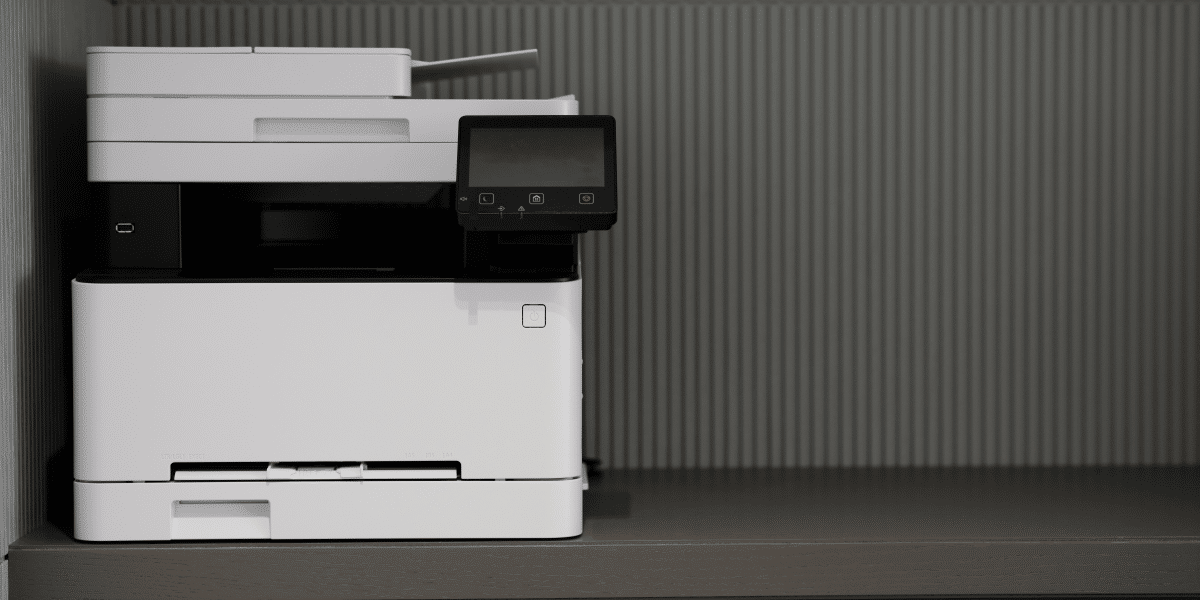Inkless printing technology has emerged as a promising alternative to traditional ink-based printers, offering potential cost savings and environmental benefits. This article explores the mechanisms behind inkless printers, compares their advantages over traditional methods, analyzes their economic and environmental impacts, and discusses their current adoption and prospects.
Understanding Inkless Printing Technology
Inkless printers operate using innovative methods such as thermal, laser-induced, or specialized paper technologies. Unlike conventional printers that rely on ink cartridges, inkless printers use heat or laser to create images on specially treated paper. This eliminates the need for costly ink cartridges and reduces the complexity of maintenance associated with traditional printers.
Inkless printers utilize heat to selectively activate areas of thermochromic paper, causing it to change color and form images or text. Laser-induced methods involve using lasers to alter the properties of a specialized paper, achieving similar results without traditional inks. These technologies ensure that the printing process is efficient and environmentally friendly.
Ink-based printers rely on ink cartridges that can be expensive to replace and often contribute significantly to electronic waste. In contrast, inkless printers use consumables like specialized paper, which is typically more sustainable and recyclable. Moreover, inkless technology reduces the risk of spillage and environmental contamination associated with ink disposal.
The primary advantages of inkless printers include lower operational costs over time, reduced environmental impact through decreased waste generation, and simplified maintenance. However, challenges such as initial setup costs and limitations in print quality for certain applications remain considerations for potential users.
Cost Analysis of Inkless Printing
While inkless printers may have higher initial purchase costs compared to traditional printers, the long-term savings can be significant. Savings accrue from reduced expenditure on ink cartridges, lower maintenance costs, and decreased downtime associated with ink-related issues.
Traditional ink cartridges are notorious for their high cost per page, especially in high-volume printing environments. Inkless printers, on the other hand, rely on specialized paper that can be more cost-effective per print, especially when considering bulk purchases and discounts from manufacturers.
Environmental Impact and Waste Reduction
Traditional ink cartridges contribute significantly to electronic waste due to their complex structure and materials. Ink disposal poses environmental risks, and the carbon footprint associated with manufacturing and transporting ink cartridges is substantial.
Inkless printers reduce environmental impact by eliminating the need for ink cartridges, reducing electronic waste, and using recyclable or biodegradable consumables. The use of specialized paper minimizes environmental pollutants associated with traditional printing methods.
Research indicates that inkless printing technologies can substantially reduce the carbon footprint of printing operations compared to conventional methods. Life cycle assessments and environmental impact studies demonstrate the potential for inkless printing to contribute positively to sustainability goals.
Performance and Quality Considerations
Inkless printing technology has advanced significantly in recent years, offering print quality comparable to traditional ink-based methods for text and graphics. However, challenges may exist in reproducing high-resolution images and photographs, where traditional ink-based printers still hold an advantage.
Prints produced by inkless printers are generally durable and resistant to fading over time, making them suitable for archival purposes. The stability of prints is a critical factor in industries requiring long-term document storage and preservation.
Inkless printers are well-suited for various printing tasks, including receipts, labels, and documents requiring quick turnaround and high durability. While limitations in color reproduction exist, advancements in inkless technology continue to address these challenges.
Market Trends and Adoption
The market for inkless printing technology is expanding rapidly as businesses and consumers seek cost-effective and sustainable printing solutions. Innovations in technology and increasing environmental awareness drive the adoption of inkless printers across various industries.
Industries such as retail, healthcare, logistics, and government sectors are increasingly adopting inkless printing for its economic and environmental benefits. Applications range from point-of-sale receipts to medical documentation and shipping labels.
Future advancements in inkless printing technology may include improved color reproduction, faster printing speeds, and expanded compatibility with diverse media types. Continued research and development efforts aim to enhance the performance and versatility of inkless printers.
Final Thoughts
Inkless printing technology represents a transformative innovation in the printing industry, offering substantial benefits in cost savings, environmental sustainability, and operational efficiency. By eliminating the need for ink cartridges and reducing electronic waste, inkless printers contribute significantly to corporate sustainability goals and environmental stewardship.
Among the diverse options available in the inkless printing market, Munbyn stands out as a leader in delivering reliable and innovative printing solutions. Munbyn inkless printers combine advanced thermal technology with user-friendly design, ensuring crisp and durable prints without the hassle of traditional ink cartridges. This makes them ideal for various applications, from retail receipts to logistics labels, where reliability and cost-effectiveness are paramount.
Munbyn’s commitment to innovation and customer satisfaction sets it apart in the competitive printing technology landscape. With a focus on quality, reliability, and environmental responsibility, Munbyn continues to push the boundaries of inkless printing technology. Choosing Munbyn means investing in a sustainable printing solution that not only meets but exceeds the expectations of modern businesses and individuals alike.
The Munbyn portable printer offers unparalleled mobility combined with robust performance, making it an indispensable tool for professionals on the move. Whether in retail environments, field service operations, or healthcare settings, Munbyn portable printers deliver fast and efficient printing capabilities. Their compact design and wireless connectivity options enhance convenience and flexibility, ensuring seamless integration into diverse workflow scenarios.
In conclusion, inkless printers, particularly those offered by Munbyn, represent a forward-thinking choice for anyone seeking to optimize printing costs, minimize environmental impact, and enhance operational efficiency. As technology evolves and environmental awareness grows, Munbyn remains at the forefront, empowering users with cutting-edge printing solutions that redefine what is possible in the world of printing technology.
Published by: Martin De Juan

















